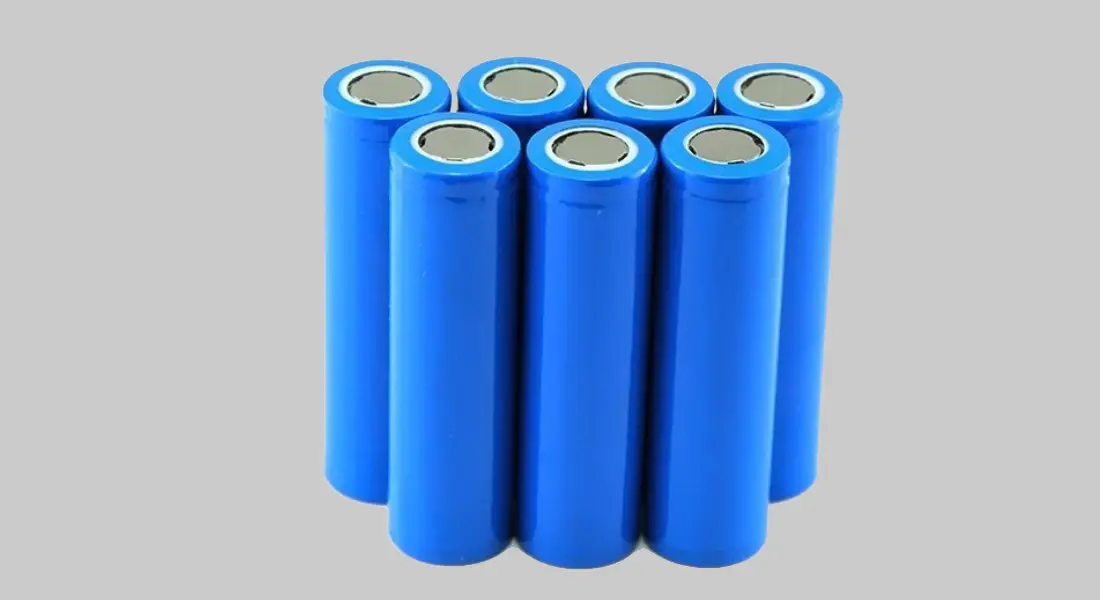As the world transitions to cleaner and more sustainable transportation, electric vehicles (EVs) have taken center stage. At the heart of this revolution lies the lithium-ion battery, a critical component that determines the efficiency, range, and overall performance of EVs. In this blog, we will explore the significance of lithium-ion batteries in electric vehicles, their advantages, challenges, and future prospects.
Understanding Lithium-Ion Batteries
Lithium-ion (Li-ion) batteries are rechargeable energy storage systems that use lithium ions to transfer charge between electrodes. These batteries are widely used in consumer electronics, renewable energy storage, and, most importantly, electric vehicles. Their high energy density, long cycle life, and relatively lightweight properties make them the preferred choice for EV manufacturers.
Key Components of a Lithium-Ion Battery:
- Anode – Typically made of graphite, it stores lithium ions when the battery is charged.
- Cathode – Composed of lithium-based compounds, such as lithium iron phosphate (LFP) or lithium nickel manganese cobalt oxide (NMC), it releases lithium ions during discharge.
- Electrolyte – A liquid or solid medium that allows lithium ions to move between the anode and cathode.
- Separator – A membrane that prevents direct contact between the anode and cathode while enabling ion flow.
Advantages of Lithium-Ion Batteries in EVs
- High Energy Density – Li-ion batteries offer superior energy storage compared to traditional lead-acid or nickel-metal hydride (NiMH) batteries, allowing EVs to achieve longer driving ranges.
- Longer Lifespan – These batteries can last for thousands of charge cycles with minimal degradation, making them cost-effective over time.
- Fast Charging Capability – Modern lithium-ion batteries support rapid charging technology, significantly reducing downtime for EV owners.
- Low Maintenance – Unlike lead-acid batteries, Li-ion batteries require no regular maintenance.
- Environmental Benefits – By eliminating tailpipe emissions, lithium-ion battery-powered EVs contribute to cleaner air and reduced greenhouse gas emissions.
Challenges Facing Lithium-Ion Batteries
Despite their advantages, lithium-ion batteries face several challenges:
- High Production Costs – The cost of raw materials, such as lithium, cobalt, and nickel, remains a challenge in making EVs more affordable.
- Resource Scarcity and Sustainability – The extraction and processing of lithium and other materials raise environmental and ethical concerns.
- Battery Degradation – Over time, lithium-ion batteries lose capacity, affecting vehicle range and performance.
- Thermal Management – Overheating can lead to battery failure or safety hazards, necessitating advanced cooling systems.
- Recycling and Disposal – Developing efficient recycling methods is essential to prevent battery waste and recover valuable materials.
The Future of Lithium-Ion Batteries
As technology evolves, researchers are working on next-generation lithium-ion batteries with enhanced performance, safety, and sustainability. Some promising developments include:
- Solid-State Batteries – These use a solid electrolyte instead of a liquid one, offering higher energy density, improved safety, and longer lifespan.
- Silicon Anodes – Replacing graphite anodes with silicon can increase battery capacity and improve charging speed.
- Cobalt-Free Batteries – Efforts to reduce or eliminate cobalt aim to lower costs and address ethical mining concerns.
- Advanced Recycling Techniques – Innovations in battery recycling will help recover materials more efficiently, reducing reliance on mining.
Conclusion
Lithium-ion batteries are a cornerstone of the electric vehicle revolution, providing efficient and reliable energy storage solutions. While challenges remain, ongoing advancements in battery technology are paving the way for more sustainable, affordable, and high-performance EVs. As battery innovation accelerates, the future of transportation looks increasingly electric, promising a cleaner and greener world for generations to come.

